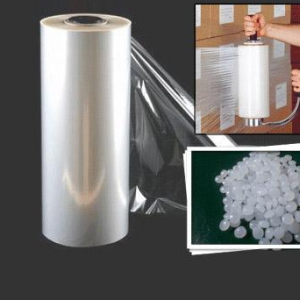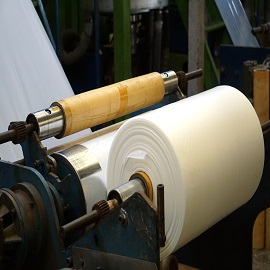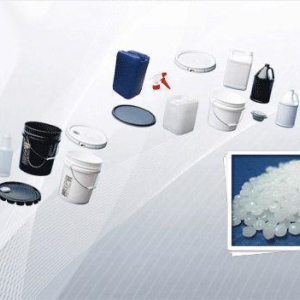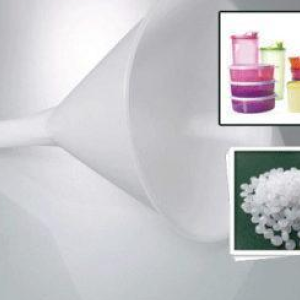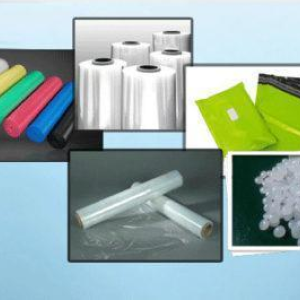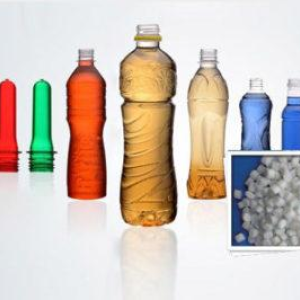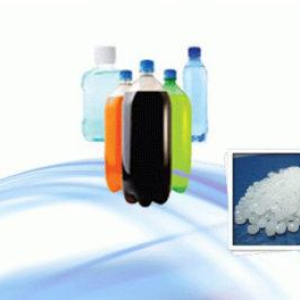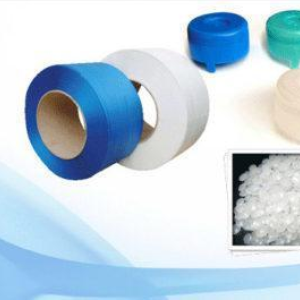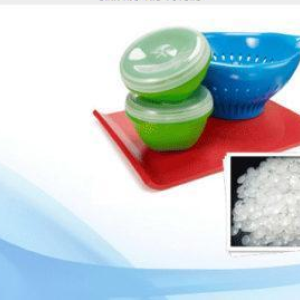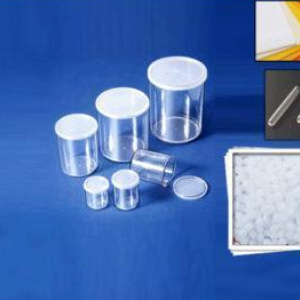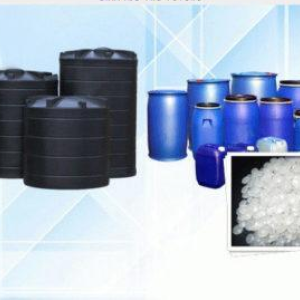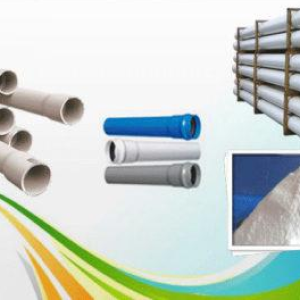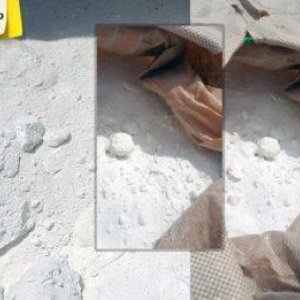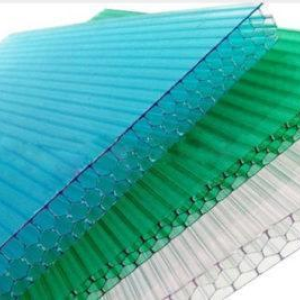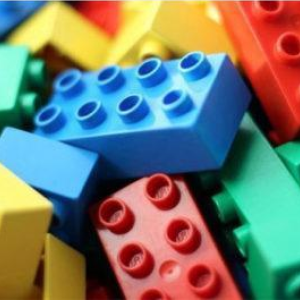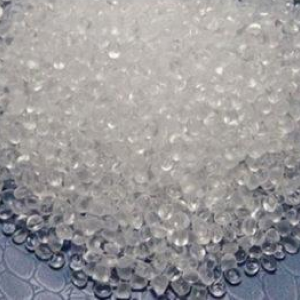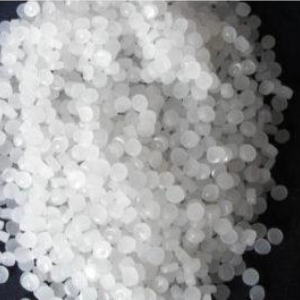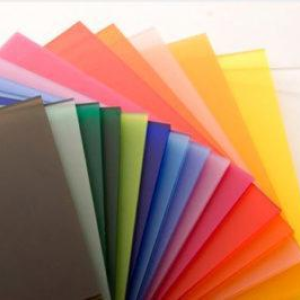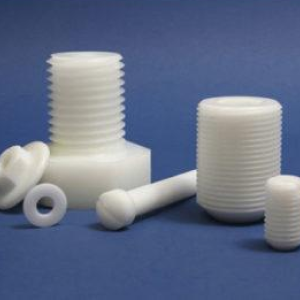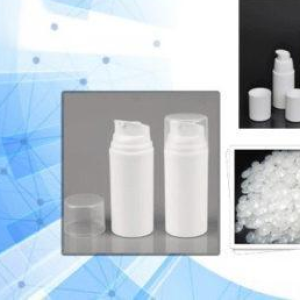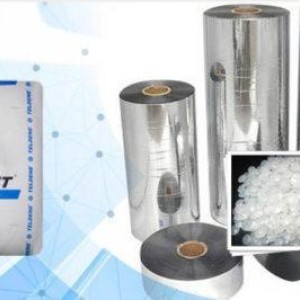- Dubai,
UAE
- +971 552730169
info@connectivetrading.com
Polymer Products
- Home
- Products
Showing polymers results
PE-Polyethylene
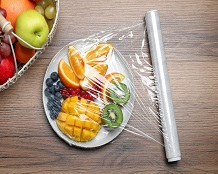



Polyethylene (PE) is a family of similar materials categorized according to their density and molecular structure. Obtained by the addition polymerization of ethylene. It may be of Low-density polyethylene (LDPE), linear low-density polyethylene (LLDPE) including metallocene-LLDPE using metallocene technology, and High-density polyethylene (HDPE) depending upon the process used in its manufacturing. Resistant to moisture and most of the chemicals, flexible at room temperature (and low temperature) and can be heat sealed. Since it is an inexpensive plastic it is made in large amounts to cater to the demand.
- LDPE: is flexible and used to manufacture squeeze bottles, milk jug caps, and retail store bags
- LLDPE / m-LLDPE: used in the manufacturing of stretch wrap in transporting and handling boxes of durable goods, and as the common household food covering.
- HDPE: as milk jugs, liquid laundry detergent bottles, outdoor furniture, margarine tubs, portable gasoline cans, drinking water distribution systems, water drainage pipes, and grocery bags.
PET-Polyethylene terephthalate
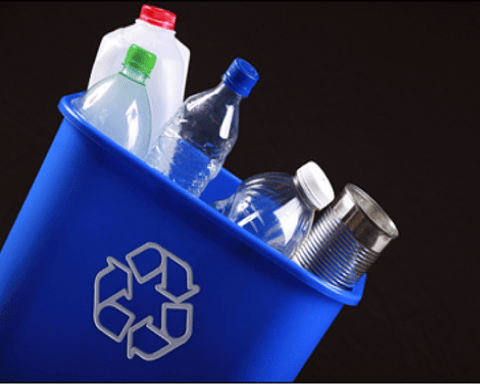
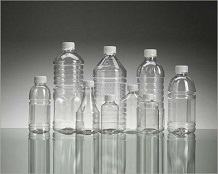
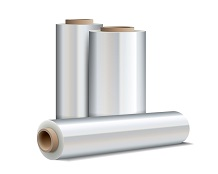
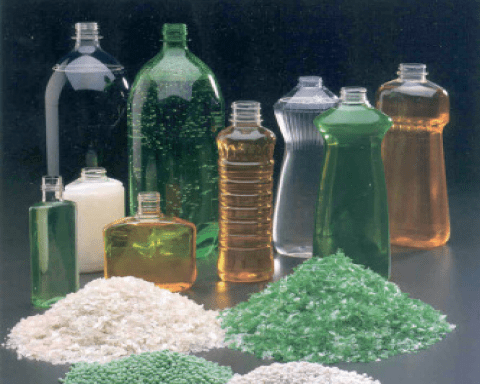
PET consists of polymerized units of the monomer ethylene terephthalate, with repeating (C10H8O4) units. PET is commonly recycled
Resin: The biggest application is in fibers (in excess of 60%), with bottle production accounting for about 30% of global demand. It is also used in flexible packaging, photovoltaic modules, and waterproofing barrier in undersea cables Preform: PET preforms are made from PET resin and are used in blow-molding processes for bottle production
PP-Polypropylene
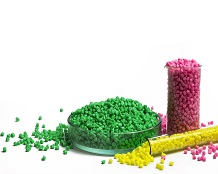
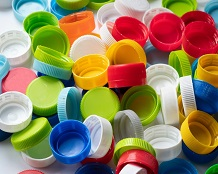
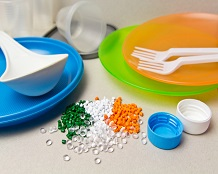
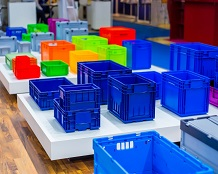
Polypropylene (PP) is obtained by the polymerization of propylene. It may be of polypropylene homopolymer (PPH), polypropylene random copolymer (PPRC) and polypropylene block copolymer (PPBC). PP is defined by the recyclable plastic number 5. Although relatively inert, it is vulnerable to ultraviolet radiation and can degrade considerably in direct sunlight.
PP is useful for such diverse products as reusable plastic food containers, microwave- and dishwasher-safe plastic containers, diaper lining, sanitary pad lining and casing, ropes, carpets, plastic moldings, piping systems, car batteries, insulation for electrical cables and filters for gases and liquids. In medicine, it is used to make heat-resistant medical equipment. Polypropylene sheets are used for stationery folders and packaging and clear storage bins.
PS-Polystyrene

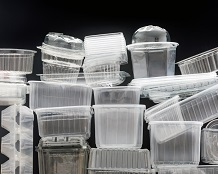
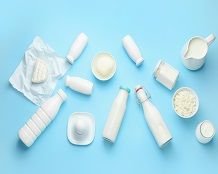

Polystyrene (PS) is a synthetic aromatic hydrocarbon polymer made from the monomer known as styrene. PS can be solid or foamed. It may be of general-purpose polystyrene (GPPS), Polystyrene copolymers also known as high-impact polystyrene (HIPS), and Expanded polystyrene foam (EPS). GPPS is clear, hard, and brittle. As a thermoplastic polymer, polystyrene is in a solid (glassy) state at room temperature but flows if heated above about 100 °C, its glass transition temperature.
General-purpose polystyrene (GPPS) is used in the manufacture of disposable cutlery, plastic models of cars and boats, and smoke detector housings. HIPS is used in the manufacture of toys and product casings. EPS is used in making insulation and packaging materials, such as molded foam used to cushion fragile products.
PVC-Polyvinyl chloride
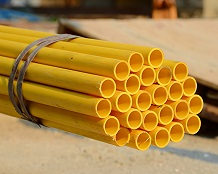
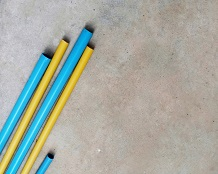

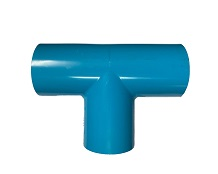
Resin: Polyvinyl chloride (PVC) is a tough, lightweight material that is durable, fairly rigid and versatile, and is resistant to acids and bases. Compounds/additives/fillers: Before PVC can be made into finished products, it always requires conversion into a compound by the incorporation of additives such as heat stabilizers, UV stabilizers, plasticizers, processing aids, impact modifiers, thermal modifiers, fillers, flame retardants, biocides, blowing agents and smoke suppressors, and pigments.
Resin: Much of it is used by the construction industry, such as for vinyl siding, drainpipes, gutters and roofing sheets. Compounds/additives/fillers: Used for items such as hoses, tubing, electrical insulation, coats, jackets, upholstery, underground pipe, window frames, intravenous tubing and flooring. Flexible PVC is also used in products such as water beds and pool toys.
A53 Additive
NThe essential additives for all PVC materials are stabilisers and lubricants in the...
EP-Engineering Plastic

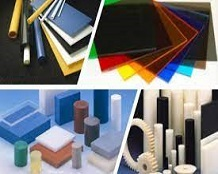
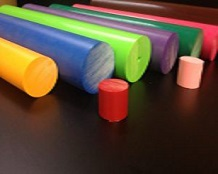

Acrylonitrile butadiene styrene/Polycarbonate (ABS/PC) is a blend of PC and ABS. It provides unique combination of the high processability of ABS with the excellent mechanical properties, impact and heat resistance of PC. They fit into applications that require a high heat distortion temperature (95-125°C) and good toughness. They have excellent low temperature toughness, making them ideally suited for products that will see a broad range of temperature.
Used in many consumer products, such as toys, appliances, and telephones. For the majority of applications, ABS can be used between −20 and 80 °C, as its mechanical properties vary with temperature
A62 ABS/PC
Automotive: Instrument panel, pillars, seatbacks, structural components Electronics: Portab...
A64 PA6/66
PA 6 and PA 66 are the two most common for textile and plastic industries. They have served...
PC-Polycarbonate


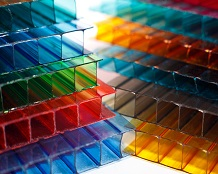

Polycarbonate (PC) contains carbonate groups in the chemical structure. Polycarbonates used in engineering are strong, tough materials, and some grades are optically transparent. They are easily worked, molded, and thermoformed. Because of these properties, PC find many applications.
Polycarbonate is easily worked, molded, and thermoformed for many applications, such as electronic components, construction materials, data storage devices, automotive and aircraft parts, check sockets in prosthetics, and security glazing.


